![]()
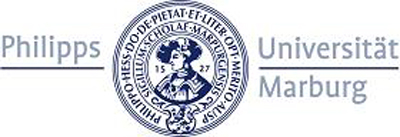
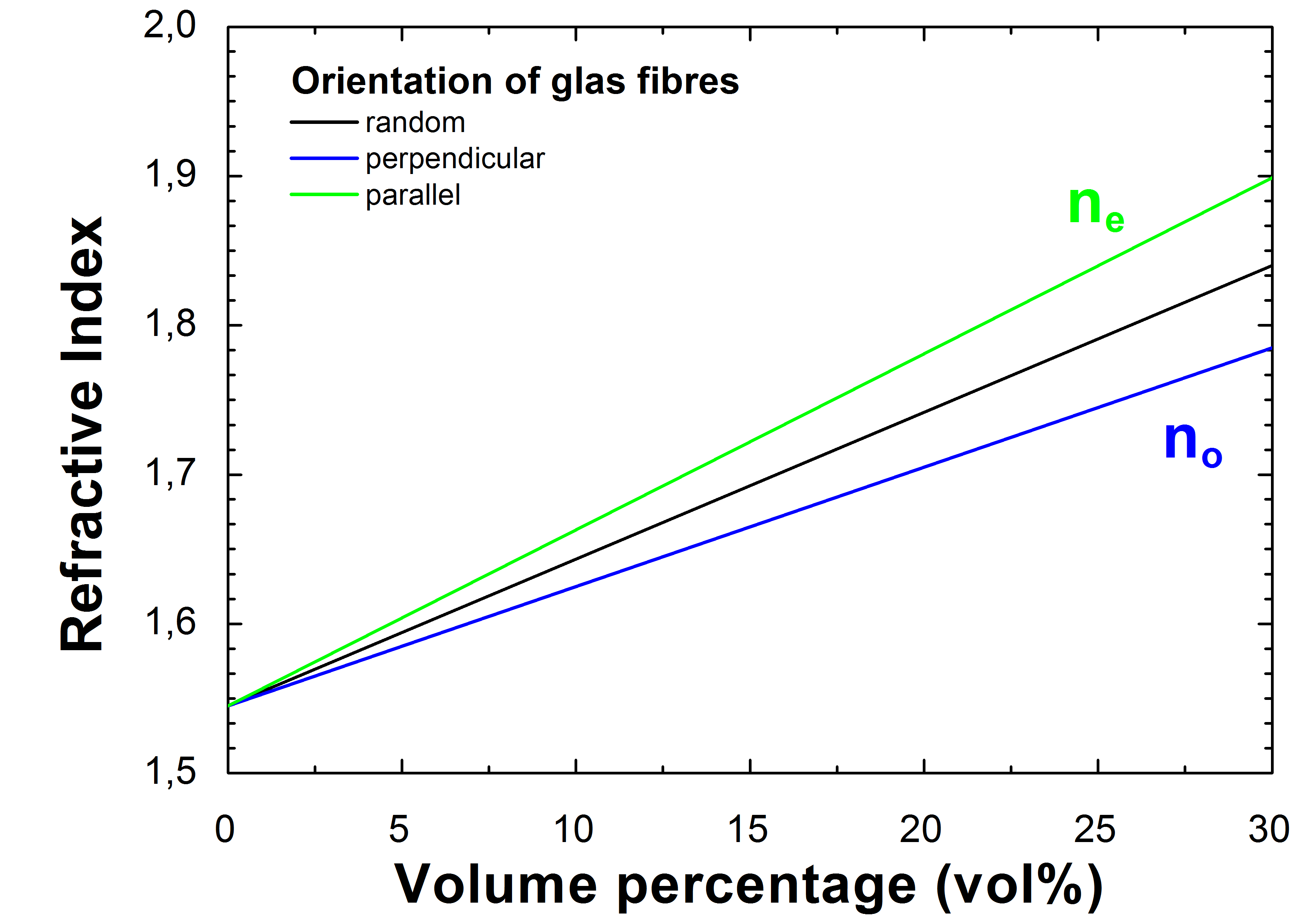 Fig.1: Calculated refractive index for HDPE with glass fibers oriented relative to the polarization of the THz wave.
Fig.1: Calculated refractive index for HDPE with glass fibers oriented relative to the polarization of the THz wave.
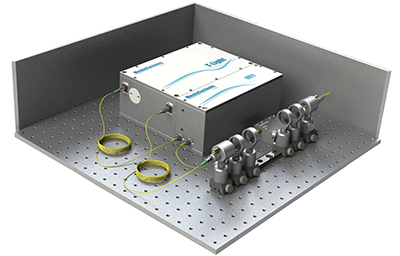
Fig. 2: TERA K15 assembled in transmission geometry
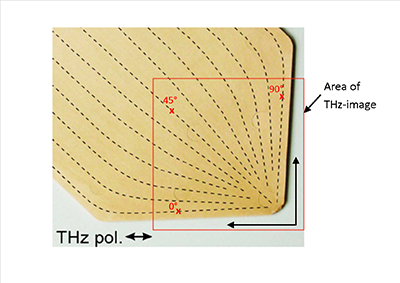 Fig. 3: Photograph of an LCP sample with glass fibers orientated at well-defined angles [3].
Fig. 3: Photograph of an LCP sample with glass fibers orientated at well-defined angles [3].
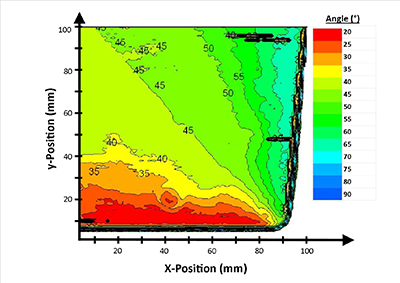 Fig. 4: THz transmission image, reconstructed from the calculated angles at each pixel position [3].
Fig. 4: THz transmission image, reconstructed from the calculated angles at each pixel position [3].
Orientation of Fibers in Polymers
Philipps-Universität Marburg & Menlo Systems
Authors: AG Experimentelle Halbleiterphysik Prof. Dr. M. Koch, Faculty of Physics, Philipps-Universität Marburg; Patrizia Krok, Menlo Systems
Introduction
Polymeric materials are an indispensable part of everyday life. Many articles of daily use are made of plastic, and plastics increasingly replace metals as an established construction material. However, for many applications the raw polymer material has to be improved in terms of strength and durability. This is achieved by mixing additives, e.g. glass or biological fibers, into the polymer. Such fiber-reinforced compounds show excellent mechanical characteristics like low weight and high tensile strength. Liquid crystal polymers (LCPs) for example provide high dimensional stability, stiffness and tensile strength combined with high elasticity. For this type of materials there is a wide field of application in many industrial branches, especially the automotive industry.
The mechanical properties of all fiber-reinforced compounds strongly correlate with additive fiber content and orientation within the manufactured product, and the knowledge of the orientation provides valuable information, especially when the components are used in safety applications. The established inspection methods of reinforced materials are bases on bending, tensile and impact tests. Also optical or electron microscopy are used to study the microstructure of polymeric materials. However, all these methods require preparation time and partially destroy the sample. Only x-ray techniques enable non-destructive testing, but this implies hazardous ionizing radiation so that special safety precautions are mandatory.
Electromagnetic radiation in the terahertz (THz) spectral range is non-ionizing and empowers a new non-destructive and user-safe testing method. With THz-time-domain spectroscopy (TDS) it is possible to extract optical material parameters with which the amount of fibers or their orientation can be calculated. We present a method to study the fiber orientation of fiber-reinforced material with THz spectroscopy and demonstrate the enormous potential of THz-TDS for the quality analysis of polymeric compounds. The technique evaluates the measured THz signal of a sample at specific points. By scanning a larger sample area pixel by pixel, a false color image is created displaying the fiber orientation angle.
Materials and Methods
Many reinforced materials show a kind of birefringence where the optical properties, in particular the refractive index, depend on the polarization and the incidence angle of the THz beam relative to the investigated sample. Considering the fiber-filled plastics as a dielectric mixture of two components, this effect can be exploited for determining the fiber orientation.
Compound materials can be described by the effective medium theory (EMT) as long as the particle size is much smaller than the wavelength of the THz-radiation (the frequency of 1 THz corresponds to a wavelength of approximately 0.3 mm) [1]. The EMT enables a theoretical approach to calculate optical properties e.g. the complex permittivity ε of a mixture assuming the properties of the raw components [2]. Herein, the calculated effective refractive index depends on the pure components of the dielectric mixture, the volumetric particle fraction, and the particle shape.
The particle geometry is of key importance for the investigation of the fiber orientation. The particles can be described as strong anisotropic rods such that macroscopic birefringence is observed if a majority of the fibers are orientated along a certain direction. When knowing the material parameters of the pure components, the compound can be described mathematically by the EMT of Polder and van Santen [1]. It calculates its effective complex refractive index as a function of the filler content for perpendicularly, parallel, or randomly oriented fibers relative to the polarization of the THz beam. As an example, in figure 1 the resulting refractive indices at 0.42 THz are plotted for fiber reinforced high density polyethylene (HDPE). Different fiber orientation (green, blue and grey lines) leads to a specific refractive index, and the polarized THz wave will be delayed in the investigated according to its polarization relative to the sample orientation. Thus, by measuring the transmitted THz amplitude as a function of sample orientation one can deduce the fiber orientation or extract the fiber content.
Menlo Systems’ fiber coupled TERA K15 (Fig. 2) or free space TERA K8 THz time-domain spectrometers are ideally suited to conduct such polarization sensitivesample characterization in transmission. Both, the THz emitter and the detector show sufficient linear polarization selectivity. The spectral range is exceeding 3.5 THz, and the temporal scanning range of more than 300 ps is ideal for measuring even thicker samples. The novel high-power THz antenna technology used in the TERA K15 is a plus for thicker or highly absorbing samples.
For the polarization imaging measurement, the sample is placed into the focus of the THz-beam. With a combined translational and rotational unit the sample area can be scanned through the THz focus and rotated at each pixel position, such that a map of the fiber orientation angle is obtained using the physical-mathematical algorithm described in [2].
Results and Conclusion
We have imaged a liquid-crystal polymer (LCP) sample with glass fiber particles oriented at well-defined angles (photo in Fig. 3, area of THz imaging is indicated) in a THz transmission setup. The sample was positioned at different orientation angles of with respect to the THz polarization. Optically, the sample appears uniform at all positions. The polarization sensitive THz image, however, reveals areas of different fiber orientation (Fig. 4) with an angle ranging from 0° to 90° in a false color map.
In conclusion, polarization sensitive THz imaging is an attractive method for the non-destructive investigation of fiber orientation or the filler concentration within reinforced compound materials. The technique is suitable for various types of fiber, e.g. made of glass or biological materials. It allows determining the material properties at discrete points of interest, or alternatively, with more calculation effort, creating a detailed image of the entire sample which illustrates the orientation of the fibers.
Further reading
[1] C. Jördens et al.: Terahertz spectroscopy to study the orientation of glass fibers in reinforced plastics, Composites Science and Technology 70, p. 472-477 (2010)
[2] M. Scheller, S. Wietzke, J. Jansen, M. Koch: Modelling heterogeneous dielectric mixtures in the terahertz regime: a quasi-static effective medium theory, JOURNAL OF PHYSICS D: APPLIED PHYSICS 42 (2009), doi:10.1088/0022-3727/42/6/065415
[3] C. Jördens et al.: Terahertz birefringence for orientation analysis; APPLIED OPTICS Vol. 48, No. 11 (2009)